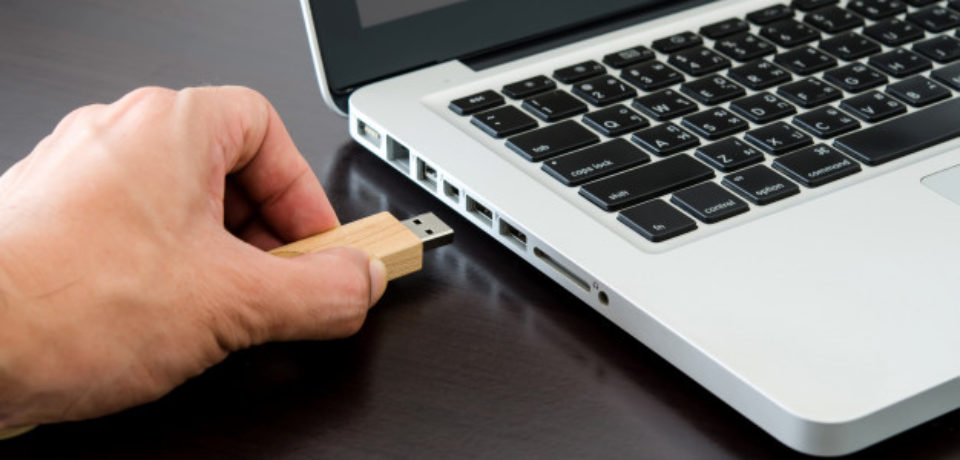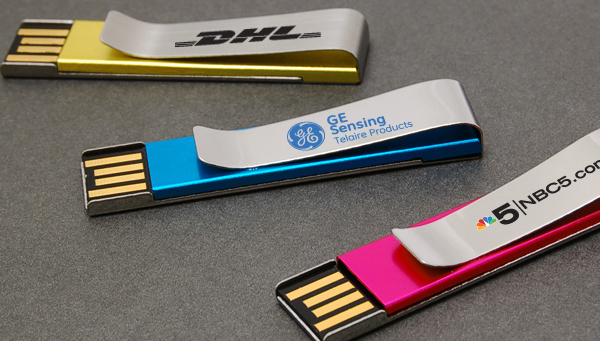What is the difference between a USB 2.0 and a 3.0?
We like USB gadgets, especially the ones that make our lives easier (and often make great corporate gifts). To optimize its use, it is convenient to know all its characteristics well. Today we want to look at the differences between a USB 2.0 and another 3.0: what they imply for the most commonly used devices and when it is worth opting for one or the other.
Don’t worry, you don’t have to be a computer engineer or an early manual adopter. With a few notions, you can choose the most suitable product for your purposes, either for your own consumption or to make a business gift.
USB Flash Drive 2.0 and 3.0 are the most common on the market. The 4.0 is still taking off and is not common on the market yet. To know their differences well and decide which one to choose, you have to look at a series of elements that we are going to analyze in this post.
The first thing is to locate ourselves. USB 2.0 are already true veterans, they began to be used in the year 2000. In recent years they have been giving way to 3.0. So if your flash drive is relatively recent, it will most likely be in the second category. IF you have an old gadget, don’t worry. Here planned obsolescence is not something to take into account, it will simply work a little slower with certain files that are very large.
Where do I start to distinguish a USB 2.0 and a 3.0?
In this case, we can say that appearances are not deceiving. Visually we can differentiate them at first sight. As? By the color of the connection:
- Black for USB 2.0
- Blue for USB 3.0
We recently detailed these differences in a post. So there you can find more details on how to appreciate these visual nuances.
If we go into questions of operation, it is in the data transfer speed where we see the clearest differences between USB 2.0 and 3.0. This capacity is especially influential if we are talking about very large files: high-quality images or videos.
It’s tempting to always go faster to gain time. But if you really have a gadget for the most basic functions with a 2.0 you will not lose competitiveness. To make a quick comparison and not get dizzy with very technical data, USB 3.0 can be up to ten times faster.
High transfer speeds really only kick in when you’re working with the largest files and need to move them from one device to another. For example, consider a professional photographer or video cameraman who has to quickly transfer jobs and gain time from their workdays.
By the way, these two variants of USBs are backwards compatible. That is, 3.0 gadgets work without problems in the connections designed for 2.0. So you don’t have to suffer if you want to make the jump to a more modern device. Of course, you will not be able to benefit from its speed advantages, so keep that in mind if you work with the aforementioned large files.
Power and connections of USB Flash Drives 2.0 and 3.0
We live pending batteries. It is a reality of our days. Many of us have connections to charging systems through a USB connection. Well, as with higher quality image and video files, 3.0 devices load faster, almost twice as fast.
In addition to the speed issue, when it comes to charging batteries, 3.0 connections are better for replenishing power to devices that require more power. They are also better if we leave the gadget connected to the electrical current, but we do not use it, and thus there is no discharge or it is much less than if a 2.0 is used.
It is also important to note the differences in connection types that each USB class has. The 2.0 use the same way to send and receive information. So it’s better to just do one or the other to get the most out of its capabilities. Instead, 3.0 allows you to perform both tasks at the same time.
We arrive and at the final stretch of the post, so let’s go with the million dollar question: what type of USB connection should I choose? It will depend on what you want it for. If you are going to work or you know that your public only works with documents that take up little space —words, excels, pdfs…—, then with a 2.0 you can be more than satisfied. On the other hand, if you work with videos, images or other files that take up a lot of space, don’t think about it, opt for 3.0.

China USB Flash Drive cheap Factory
These tips are perfectly applicable when choosing a corporate gift that is a gadget with a USB connection. In our catalog you will find both alternatives. You will see that the 2.0 are cheaper as a general rule. So, if your audience is among people who do not work with very large files, they can be an interesting option for your next campaign.
In any case, whether you choose one option or the other, the success of your campaign with these advertising gifts is practically guaranteed. Think that they fulfill one of the main maxims of these gifts: they are very useful for our day to day.
We would also like to hear about your experiences using USB 2.0 and 3.0. Of course, if you have any doubts or want to go into more detail on how to prepare a campaign with these corporate gifts, you can contact us. In any case, we leave the comments section open for you.






